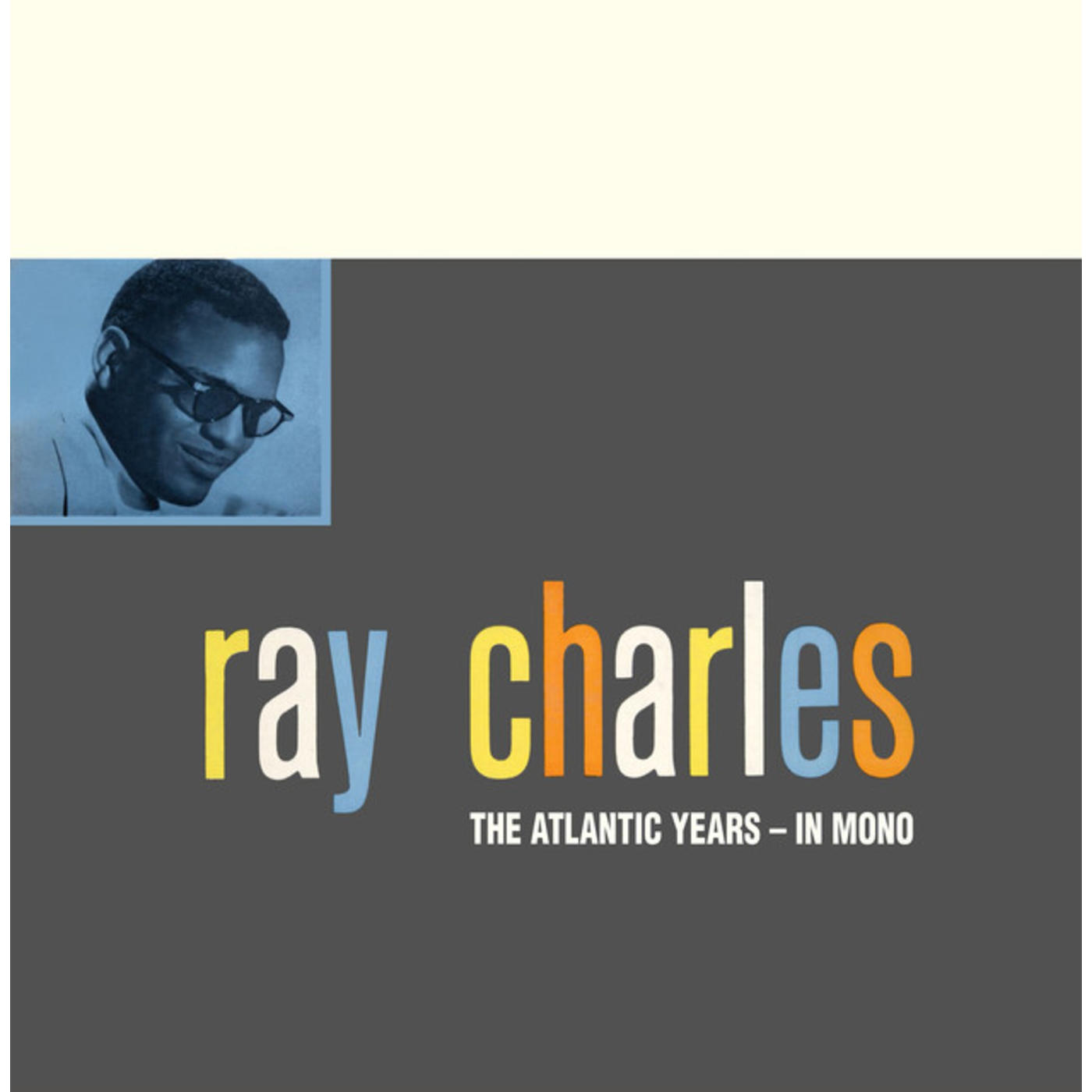Jazz Appreciation Month - "The Keys To Jazz"

It's Jazz Appreciation Month here, and as we look at the genre's top performers and recordings, it's hard to ignore the role the piano has played in the development of the music. It is truly one of the keys to jazz...
Born of African music blended with a bit of European harmony and a Carribean tinge, jazz first took root in the American South, particularly St. Louis and New Orleans. Ragtime was a prominent jazz precursor, its syncopated rhythms and their flights of melodic fancy popular in the cities' red-light districts around the beginning of the 20th century. “King of Ragtime” Scott Joplin helped popularize the sound well beyond its regional roots through sheet music and player piano rolls.
New Orleans pianist Jelly Roll Morton got his start playing ragtime, and if his claim to have invented jazz is a bit of an overstatement, he was certainly a central figure in its evolution. While Morton's Red Hot Peppers recordings were hugely influential on later stride and boogie woogie players, his greatest legacy may be as a composer – his “Jelly Roll Blues” is considered the first published jazz composition, and songs like “Black Bottom Stomp” and “I Thought I Heard Buddy Bolden Say” would later become standards.
Fats Waller began tickling the ivories not long after Morton, and was an equally larger-than-life personality. Beginning in his teens as an organist in Harlem theaters, Waller's easygoing style and humorous quips earned a substantial following both here and overseas during his lifetime, and his songs later inspired the Tony-winning musical Ain't Misbehavin', which features such Waller favorites as “Honeysuckle Rose,” “Squeeze Me,” and “Handful Of Keys” along with the title tune.
If there is a running theme here, it is that many of the pioneering jazz keyboardists also made their marks as songwriters, and that's certainly the case with “the king of all, Sir Duke.” Edward Kennedy Ellington penned more than 1,000 compositions, including “Mood Indigo,” “It Don't Mean A Thing (If It Ain't Got That Swing)” and “(In My) Solitude,” and members of his big band added such songs as “Caravan” (by Juan Tizol) and “Take The 'A' Train” (by frequent collaborator Billy Strayhorn) to the jazz canon. Big band orchestration reached its peak under the leadership of Duke Ellington, whose 50-year career did much to elevate jazz to its status as “America's classical music.”
Before leaving the topic of keyboardist-composers, mention must be made of Thelonious Monk. Though his output as a writer is less than one-tenth that of Ellington, his songs – including such classics as "Epistrophy," "'Round Midnight" and "Straight, No Chaser" – are almost as frequently covered. Dissonance and sudden tempo changes were not uncommon in Monk's music, which is as wonderfully eccentric as the man himself (as a longstanding proving ground for genius, the piano has attracted more than its share of oddballs; Cecil Taylor's avant-garde explorations may qualify here, and Sun Ra's excursions to Saturn surely do).
While writing popular songs is one path to jazz immortality, it's not the only one – sometimes its enough just to play the bejeesus out of your instrument. Art Tatum's technical skills were virtually without peer; the near-blind pianist improvised variations on Broadway and popular songs with a speed and dexterity that can still leave listeners in awe.
With big bands giving way to smaller combos in the post-war jazz scene, horn players got most of the attention (trumpets and saxes being much more compact than pianos), but there were nonetheless a few keyboard-centric groups that stood out. Bud Powell has been called “the Charlie Parker of the piano,” and his trio recordings are among the best of bebop. Lennie Tristano was a teacher as well as a keyboardist, and his cool jazz recordings often include accompaniment from such students as Lee Konitz. The Modern Jazz Quartet, led by pianist John Lewis, drew upon sources from simple blues to refined classical pieces, producing a string of albums for Atlantic Records marked by versatile and cohesive performances.
At Atlantic, jazz found increasing mainstream acceptance, seeping into R&B music. Ray Charles may have been “The Genius of Soul,” but don't discount his ability to play jazz piano. Labelmate Les McCann's keyboard work was flavored with gospel and funk. And pianist Mose Allison's sanguine world view is well-rooted in the blues.
The diffusion of jazz into mainstream music was accelerated in the late 1960s by the fusion movement. An adoption of some of rock's innovations, fusion brought amplified instruments like electric guitars and keyboards to the fore. Herbie Hancock, who'd helped pioneer the form with Miles Davis, played a significant role in popularizing the synthesizer in jazz on such albums as Mwandishi and Head Hunters. Weather Report keyboardist Joe Zawinul also did yeoman work in this regard.
Miles Davis' fusion-era bands gave a boost to a couple of other keyboardists in addition to Herbie Hancock. Keith Jarrett plays classical as well as jazz (often flavored with roots music); he earned the Polar Music Prize in 2003 for his distinguished body of work. And Chick Corea has pushed fusion into the realms of world music, winning 20 Grammys in the process.
Jazz piano stylings have now infused almost all forms of popular music, from R&B to pop to rock, as well as film and TV (the Charlie Brown specials, anyone?). From cool to wild, those 88 keys can create a limitless number of moods in the hands of a virtuoso instrumentalist, and jazz has given us more than its share of those.


